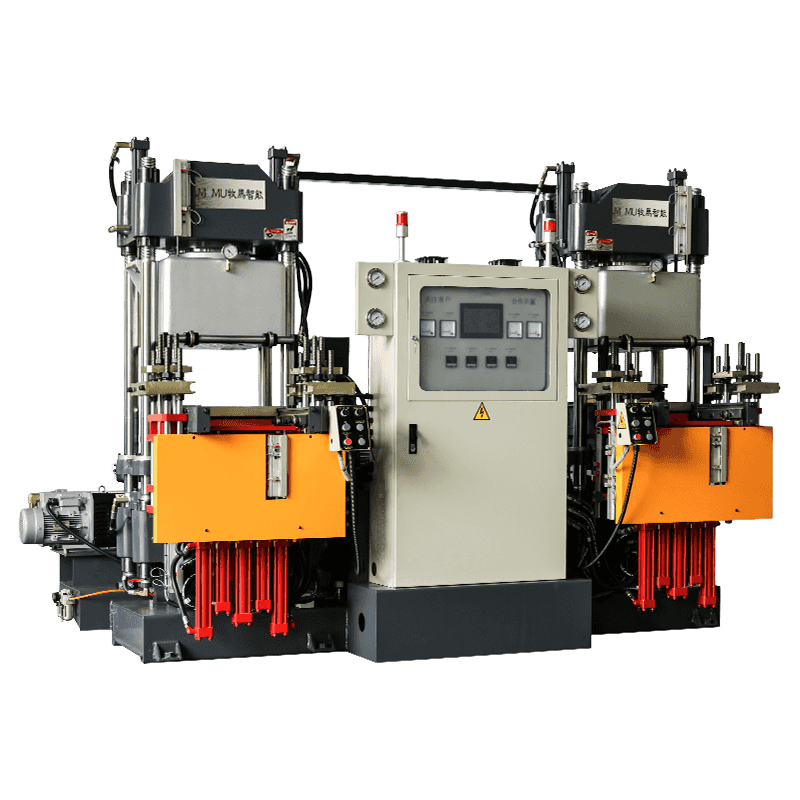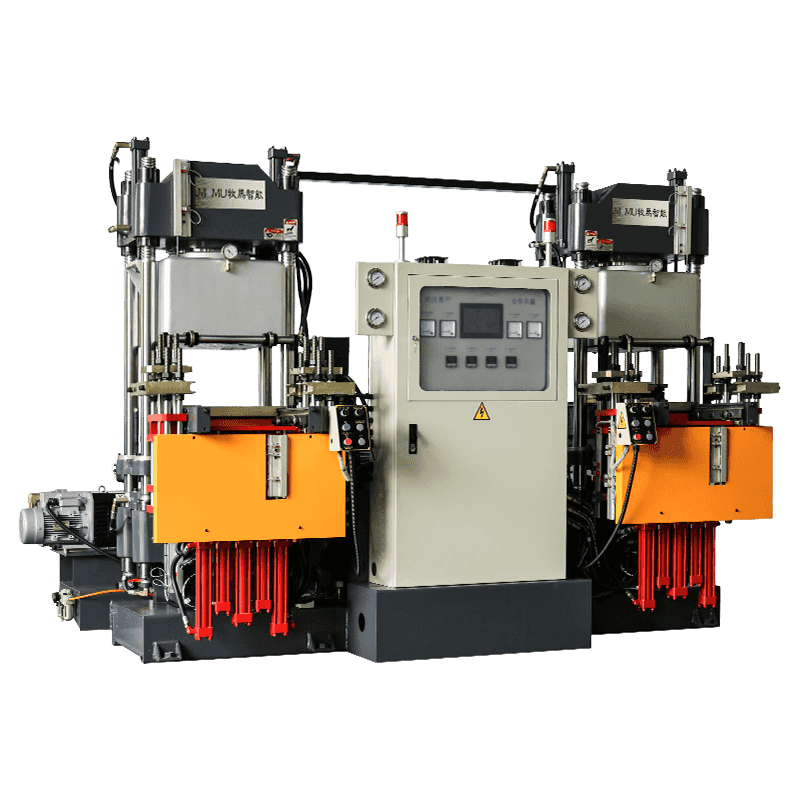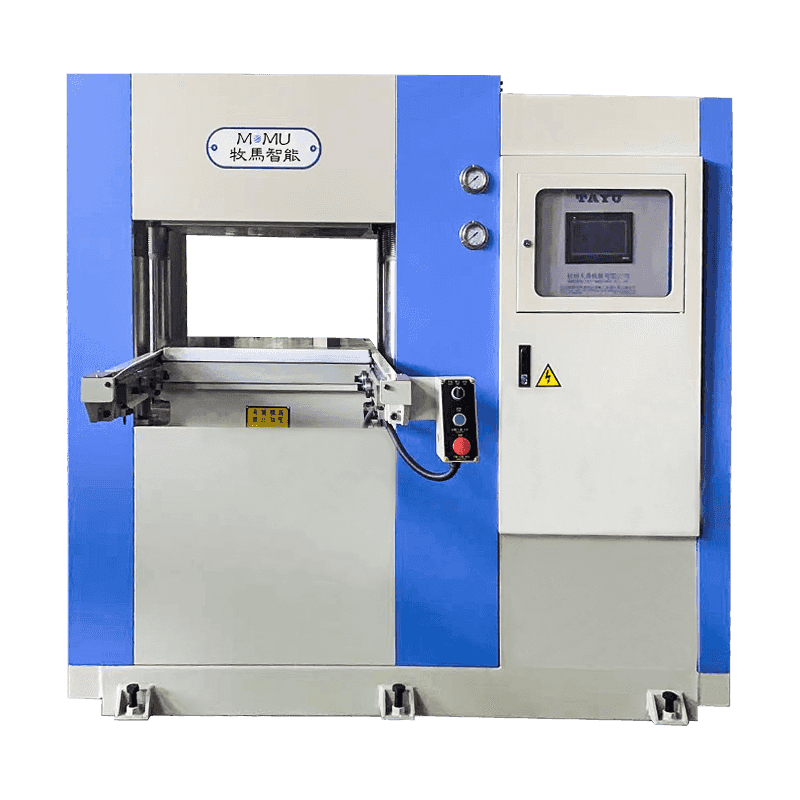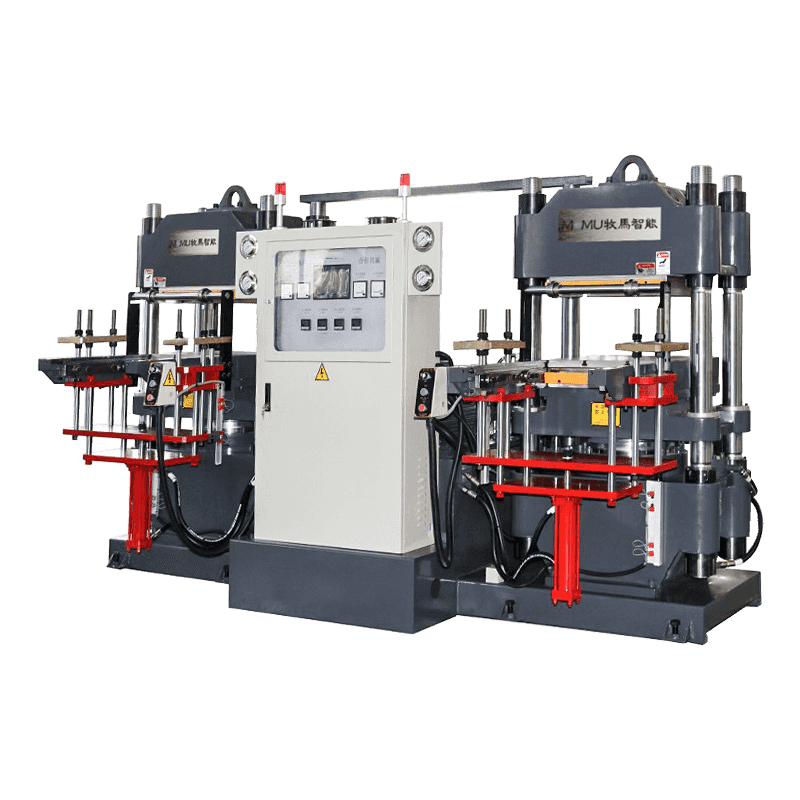In the manufacturing of rubber products, the vulcanization process is a critical step that transforms raw rubber into durable, elastic, and heatresistant materials. Among the various vulcanization methods, the vacuum rubber vulcanizing machine has emerged as a highly efficient and precise technology that improves product quality and reduces defects. But what exactly is a vacuum rubber vulcanizing machine, how does it work, and why is it becoming essential in modern rubber manufacturing? This article dives deep into the technology, advantages, working principles, applications, and future trends of vacuum rubber vulcanizing machines.
What is a Vacuum Rubber Vulcanizing Machine?
A vacuum rubber vulcanizing machine is a specialized piece of equipment designed to vulcanize rubber products under vacuum conditions. Unlike traditional vulcanization processes performed under atmospheric pressure, this machine removes air from the vulcanization chamber, creating a vacuum environment that prevents air bubbles, porosity, and oxidation in the rubber during curing.
By combining vacuum technology with heat and pressure, this machine ensures more uniform curing, better surface finish, and enhanced mechanical properties of the rubber parts.
How Does a Vacuum Rubber Vulcanizing Machine Work?
The vacuum rubber vulcanizing machine typically consists of:
Vacuum Chamber: An airtight chamber where the rubber product and molds are placed.
Vacuum Pump System: Removes air and gases to create a vacuum inside the chamber.
Heating System: Usually electric heating plates or steam heating to supply controlled heat.
Pressurizing Mechanism: Applies uniform pressure to ensure proper molding and curing.
Control System: Automated controls for temperature, pressure, vacuum level, and curing time.
The process includes several stages:
1. Loading: Raw rubber and mold parts are placed inside the vacuum chamber.
2. Vacuuming: The air inside the chamber is evacuated to create a vacuum environment.
3. Heating & Pressurizing: Heat and pressure are applied simultaneously to cure the rubber. The vacuum ensures that no air pockets or voids form.
4. Cooling: After vulcanization, the system cools down before releasing the pressure and vacuum.
5. Unloading: The finished vulcanized rubber product is removed.
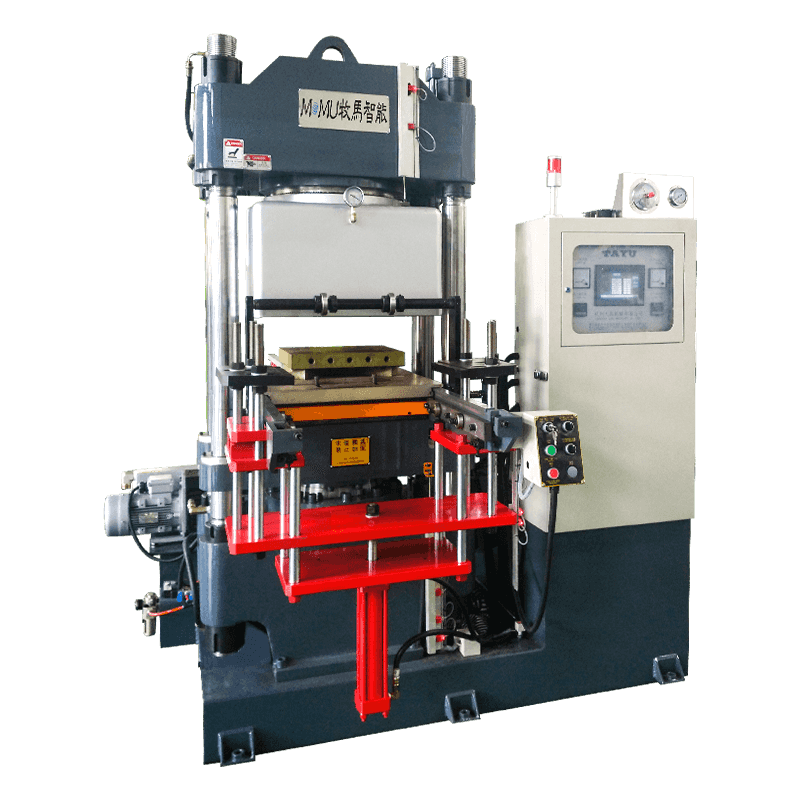
Advantages of Using a Vacuum Rubber Vulcanizing Machine
1. Improved Product Quality
Vacuum vulcanization eliminates trapped air, which reduces surface defects such as bubbles, pinholes, and blisters. The resulting rubber products have a smoother surface, uniform density, and improved mechanical properties including tensile strength, elasticity, and abrasion resistance.
2. Enhanced Dimensional Accuracy
The vacuum environment minimizes mold deformation caused by trapped air pressure, leading to better dimensional stability and precision. This is particularly important for complex or thinwalled rubber parts.
3. Shorter Curing Time
Vacuum vulcanizing machines can accelerate the curing process by improving heat transfer and eliminating gas barriers inside the rubber compound, which improves production efficiency.
4. Reduced Material Waste
By preventing bubbles and voids, fewer defective parts are produced, reducing scrap rates and saving material costs.
5. Energy Efficiency
Modern vacuum vulcanizing machines are designed with efficient heating systems and vacuum pumps, leading to lower energy consumption compared to some traditional vulcanizing methods.
6. Versatility
These machines can vulcanize a wide range of rubber products, including silicone rubber, natural rubber, neoprene, and other elastomers, making them suitable for diverse industries.
Applications of Vacuum Rubber Vulcanizing Machines
Vacuum rubber vulcanizing machines are widely used across industries that require highquality rubber products, including:
Automotive Industry: For manufacturing tires, seals, gaskets, vibration isolators, and engine mounts.
Medical Industry: Producing medicalgrade silicone rubber products like tubing, seals, and gloves.
Electronics: For producing insulating rubber components and protective covers.
Aerospace: Manufacturing specialized rubber parts that must withstand extreme conditions.
Consumer Goods: Production of flexible rubber parts, footwear soles, and sports equipment.
Industrial Machinery: Seals, gaskets, and rubber linings for pumps and valves.
Types of Vacuum Rubber Vulcanizing Machines
There are several types based on structure and operation modes:
Automatic Vacuum Vulcanizing Machines: Integrated systems with programmable controls, suitable for largescale industrial production.
Manual or SemiAutomatic Machines: Suitable for smaller batch production or prototype development.
Batch Type: Process rubber products in batches, often used for thicker or larger parts.
Continuous Type: Suitable for smaller parts requiring high volume and continuous processing.
Key Technical Specifications to Consider
When selecting a vacuum rubber vulcanizing machine, manufacturers should evaluate:
Chamber Size: Must accommodate the product size and mold dimensions.
Vacuum Level: Higher vacuum levels lead to better air removal.
Heating Method: Electric heating is common, but steam or oil heating may be used.
Pressure Range: Should match product requirements for optimal curing.
Control System: Userfriendly, programmable controls improve process repeatability.
Safety Features: Overpressure and overheating protection for operator safety.
Maintenance and Operational Tips
To ensure optimal performance and long machine life:
Regularly check vacuum pumps and maintain seals to prevent leaks.
Calibrate temperature and pressure sensors periodically.
Clean the vacuum chamber and molds after each cycle to prevent contamination.
Train operators in vacuum technology and safety protocols.
Use compatible molds and materials recommended for vacuum vulcanization.
Challenges and Considerations
Initial Investment: Vacuum rubber vulcanizing machines can be costlier than traditional vulcanizers.
Complexity: Operators require training to manage vacuum systems and troubleshoot issues.
Maintenance: Vacuum pumps and sealing components require routine maintenance.
Material Compatibility: Not all rubber compounds are optimized for vacuum vulcanization and may need formulation adjustments.
Future Trends in Vacuum Rubber Vulcanizing Technology
Automation and Industry 4.0 Integration: Advanced sensors, IoT connectivity, and AIdriven controls will enhance process monitoring and optimization.
Energy Conservation: Development of more energyefficient vacuum pumps and heating methods.
Sustainable Manufacturing: Focus on reducing emissions and using ecofriendly rubber compounds.
Miniaturization: Machines capable of processing microsized components for medical and electronics applications.
Hybrid Vulcanization: Combining vacuum vulcanization with other curing techniques to improve performance.
Conclusion
The vacuum rubber vulcanizing machine plays a pivotal role in producing highquality rubber products with superior mechanical properties and surface finish. Its ability to create a controlled vacuum environment during curing eliminates common defects, shortens production cycles, and enhances overall efficiency.
For manufacturers aiming to improve product reliability and reduce waste, investing in vacuum rubber vulcanizing technology is a wise choice. As industries demand more precision and sustainability, vacuum vulcanizing machines will continue to evolve, integrating automation and energysaving features to meet future challenges.

